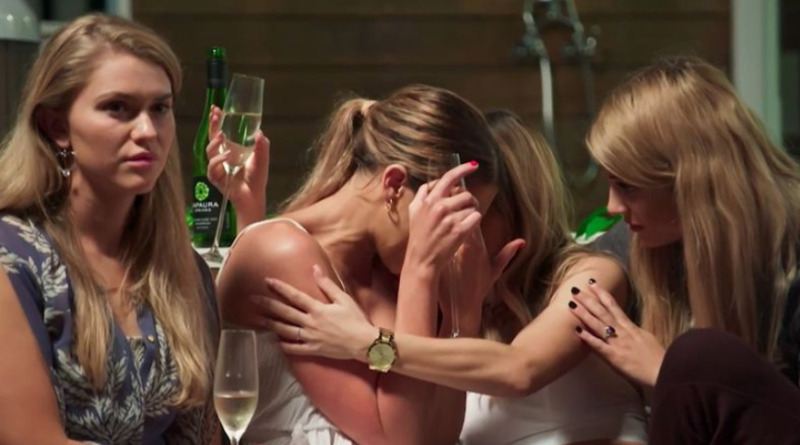Married at First Sight represents the dark side of reach
Charlotte Berry, senior communications strategist at Innocean, looks at the contrast of reality and morality amid Australia’s ratings juggernauts.
Nine’s Married at First Sight or MAFS has officially become Australia’s most watched program of the year, as 1.4 million Australians tuned in to the 2021 grand finale.
While entirely expected given the consecutive six figure ratings, I couldn’t help but feel a sense of despair.


